“This post contains affiliate links, and I will be compensated if you make a purchase after clicking on my links.”
Of the estimated 7.5 million pets entering animal shelters every year, more than 2.5 million are former family pets that were surrendered, most often by owners that either weren’t fully prepared for the responsibility of pet ownership or didn’t take the time and effort necessary to integrate a new pet into the home.
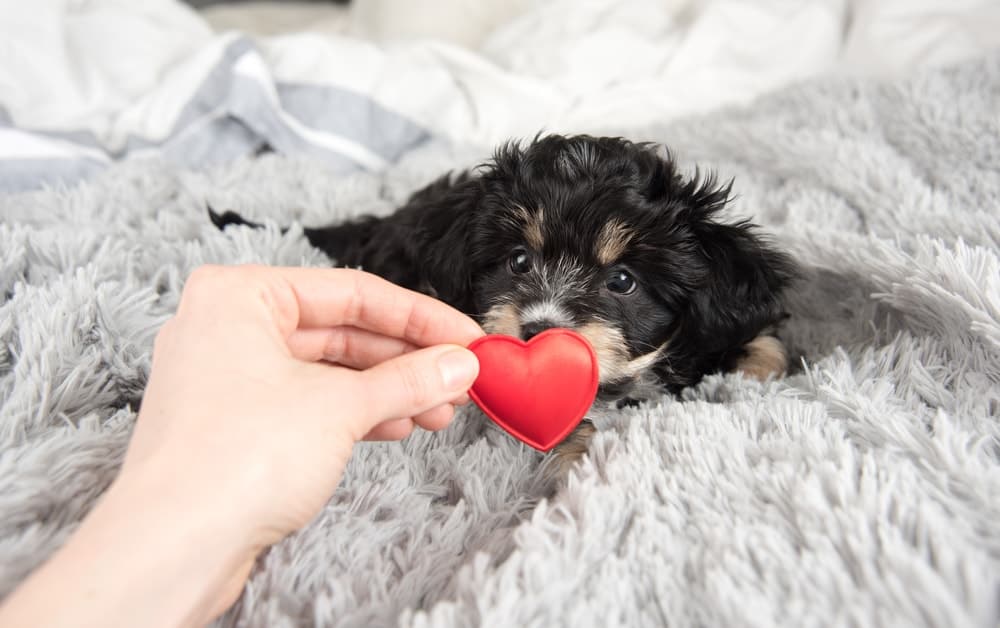
As important as it is to adopt, it’s equally important to be prepared to love, protect, and provide for your new family member for a lifetime.
Angela Marcus, founder of GetYourPet.com, a revolutionary alternative pet adoption site that’s changing the lives of adoptable dogs and cats, keeping them out of the struggling shelter system, and helping to connect them with their future families, created this list of the Top 7 Tips for Adopting a Dog:
1. Give your new dog and family member space and time
Dogs tend to be wonderfully intuitive and adaptive. But it’s important to realize, you are speaking a foreign language to them. Dogs communicate mostly through body language, and you probably use speech (though all of us use body language, consciously or unconsciously, too.) So, you and your dog won’t be able to have a conversation together about the transition you are both making to a new living accommodation.
Our suggestion: give your dog space and time to figure you out. Your new dog will be looking to you for guidance. Praise them when they do something great (like relieving themselves outside) and avoid any negative forms of punishment. They are absorbing a whole host of new smells, sights and sounds. Be patient. Together, you will find your own “language”, but it takes time.
2. Don’t change the household routine for the new dog
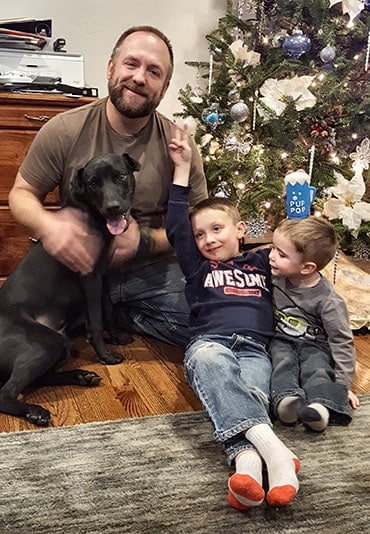
Like anything new, a new dog or puppy can monopolize the attention of you and your family. It’s understandable, but it is important to keep your resident pets in mind. Don’t change the household routine for the new dog; work with them to fit into the current pet’s routine. Don’t eliminate the time spent with your resident dog to play with your new dog. Play with them together, if possible. But ignoring your resident dog is a recipe for jealousy and fights.
3. Pay close attention to how your new dog and existing pets interact
Even if your new dog and your resident dog got along at their first meet-up, don’t assume they are going to be fast friends. Like humans, each dog has their own distinct personality traits and likes/dislikes. Even the most compatible dogs may have disagreements or may need time to allow their relationship to flourish. Pay close attention to how your dogs are interacting and do not leave them unattended until you are 100% certain that they are safe together.
4. Limit your new dog’s interactions with pets and people
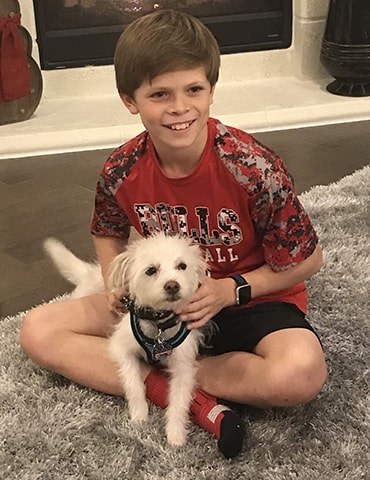
Better to start slow. For a dog, entering a new home and environment can be very stressful. Don’t assume they want to have a party the first day they come home. Limit interactions with new people to only one or two dog-savvy friends. Although others may be excited to meet your new dog, remember that your dog is still trying to adjust to his or her new home, family, and schedule.
5. Delay socialization outside of your household
Delay playdates for a few weeks. Nothing is cooler than being the new dog at the dog park, or the guardian of said dog. But, for the safety of your dog and others, it’s recommended you wait at least a week before introducing your dog to other dogs outside of the household.
6. Seek a professional’s advice when needed
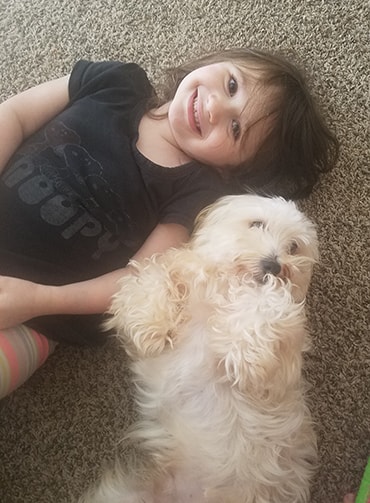
Dogs can sense if you are stressed, and that will only lead them to be anxious. If things aren’t going exactly as planned, get help by contacting a Certified Professional Dog Trainer. This is a time of change and adjustment for everyone in your family. Take a deep breath and try to relax into a routine as much as possible.
7. Make sure you do your homework
Don’t give up! Integrating a new dog into your family is a happy, but challenging, time. Within a few days, you may be finding that dog parenting is harder than you expected. Do your homework and make sure you are ready to adopt a pet before doing so. As time goes on, face the challenges by using resources like your veterinarian or a local dog trainer. You have just saved a life, and they are counting on you to stick it out. We promise, it will be worth it!
A New Alternative in Pet Adoption:
With shelters and rescues all over the country bursting at the seams with homeless pets, an alternative method of pet adoption has been born.
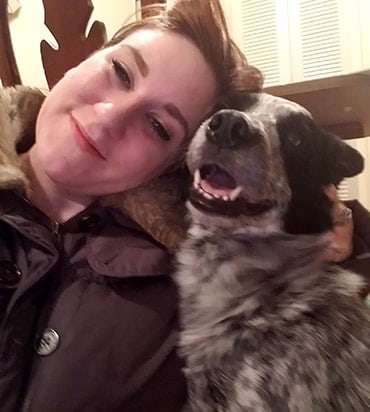
Get Your Pet is an online community that connects people who need to find a new home for their pet with people who want to adopt a pet like theirs. Animal shelters and pet rescues do wonderful work, but the current, shelter-based system for pet adoption is in crisis, and it needs our help. Get Your Pet is a simple, smart and humane way to keep pets out of shelters, one that also increases shelters’ ability to care for the homeless and abused animals that can benefit most from the amazing work they do.
The new website, getyourpet.com, a revolutionary pet adoption site that helps lovable pets go directly from one good home to another rather than to a shelter, and is now available across the U.S. The site offers a simple, smart approach to pet adoption, enabling people who need to give up a pet to connect directly with people who want to adopt.
The images throughout this article are happy families and the best friends they found and adopted through GetYourPet.com!
Angela Marcus is the founder of Get Your Pet and a life-long animal advocate who wanted to find a solution to the challenges that exist in the animal sheltering system. By empowering both pet guardians and adopters, GetYourPet.com allows pets to go from one good home to another via GetYourPet.com.
Throughout her career, Angela has been involved with virtually every aspect of the animal welfare system. She’s worked as a veterinary technician, a Forensic Case Coordinator for PA’s largest Humane Law Enforcement team, a contributing presenter on Animal Planet and the Operations Director for the Pennsylvania SPCA.


















